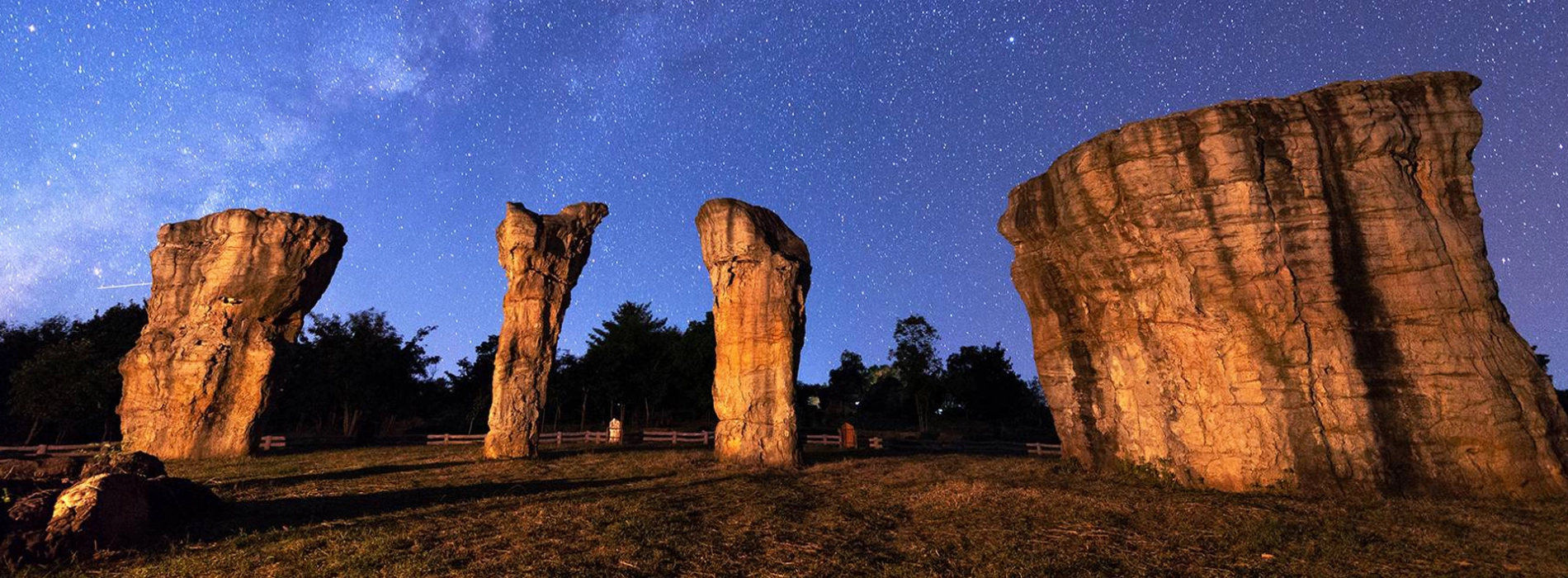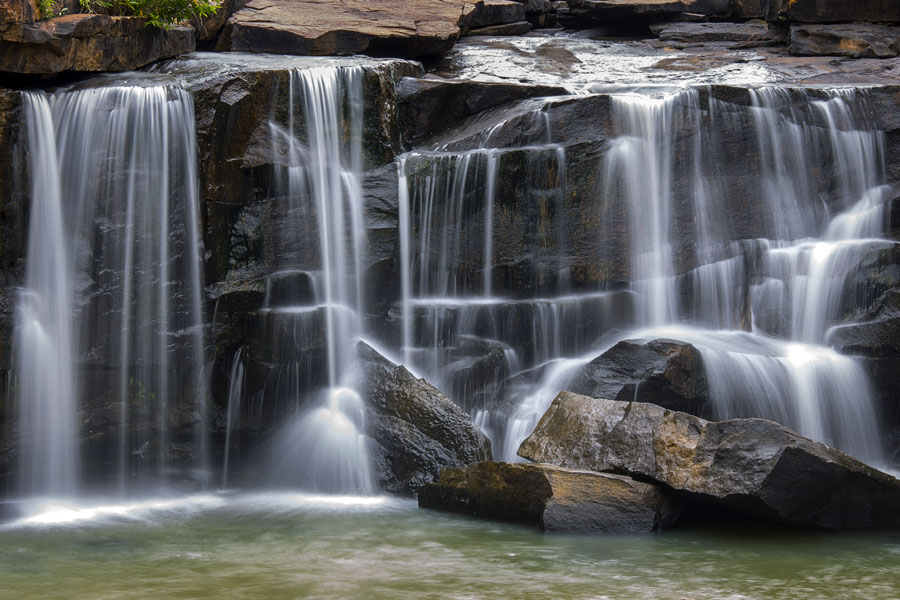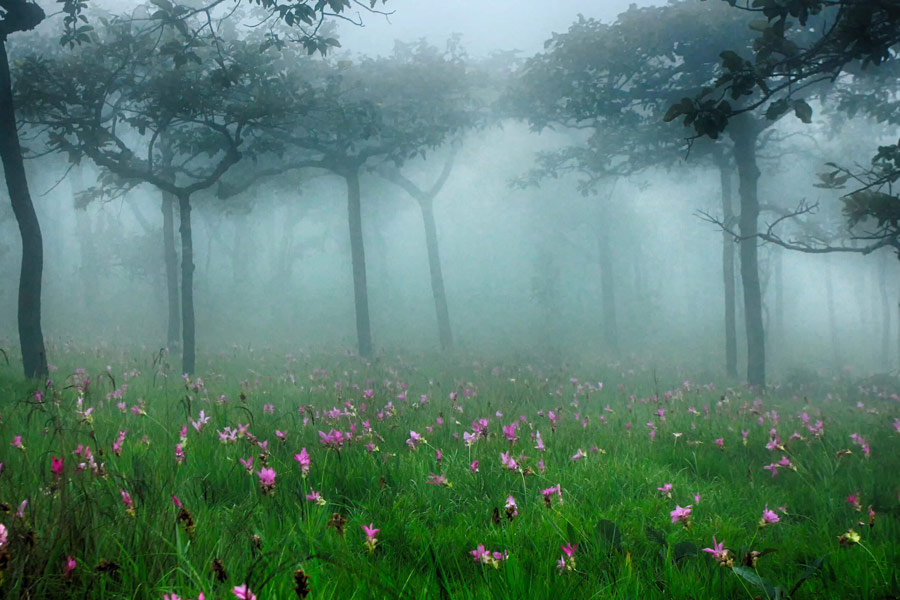Chaiyaphum

Chaiyaphum province is located in the center of northeastern Thailand. It shares boundaries with Khon Kaen, Phetchabun, Nakhon Ratchasima, and Lopburi provinces. The province boasts a mix of natural beauty, historical landmarks, and cultural riches. It is a wonderful destination for people who want to discover Thailand's off-the-beaten-path locations and experience the true northeastern lifestyle.
Let’s explore this province with Asia King Travel!
.jpg)
History of Chaiyaphum
Chaiyaphum is a place with a rich history that goes back to prehistoric times. It was originally part of the Mon-Dvaravati culture, but later came under the influence of the Khmer Empire, which left behind ancient temples like Prang Ku. In the 19th century, it rose to prominence during the Rattanakosin period when Phaya Lae, a local leader, defended it against Lao forces. Today, Chaiyaphum is famous for its historical sites, cultural festivals and agricultural economy that reflect Thai-Lao-Khmer heritage mix.
Chaiyaphum offers beautiful waterfalls, national parks, and forested areas. While other Thai provinces may boast more impressive natural beauty, Chaiyaphum's lower visitor numbers make it appealing. Most tourists here are Thai, so visiting during weekdays and off-peak times ensures a peaceful experience.

Tat Ton Waterfall
Popular with locals, this waterfall offers good swimming, great photo opportunities, picnic spots, and hiking trails. With few foreign tourists, it’s a friendly place to visit. Food is allowed, but alcohol is prohibited in the national park.
.jpg)
Mor Hin Khao (Stonehenge Thailand)
Near Tat Ton Waterfall, this site features five natural stone pillars. It’s worth visiting alongside the waterfall. Exploring beyond the main area reveals interesting stone formations with fewer people. There's also a camping area with affordable rentals, perfect for nature lovers.

Wildflower Blooming Season
At the start of the rainy season, Chaiyaphum’s forests bloom with pink wildflowers, peaking in June. This is the busiest time, mostly with Thai tourists. The best spots to see the flowers are Pa Hin Ngam National Park and Sai Thong National Park. Avoid weekends and holidays for a more serene experience.
Read more: Thailand Tours 10 days
.jpg)
What to eat in Chaiyaphum
In Chaiyaphum, taste the flavors of Isan cuisine with local delicacies such as som tam (spicy papaya salad), larb (spicy minced beef salad), and gai yang (grilled chicken), which are commonly served with sticky rice. Street food fans may try sai krok Isan (fermented pork sausage), khao jee (grilled sticky rice), and moo ping (grilled pig skewers). Khao lam (sticky rice in bamboo) and kanom krok (coconut rice pancakes) are delicious sweet treats. Exploring local markets and traditional Isan eateries provides a delightful and authentic experience of Chaiyaphum's cuisine.
Chaiyaphum offers a range of accommodation options catering to different budgets and preferences.
A budget visitor may expect to spend 1,000-1,500 THB ($30-45 USD) per day, a mid-range budget of 2,500-3,500 THB ($75-105 USD) per day, and a more premium experience of up to 5,000 THB ($150 USD) each day.
Entrance fees
.jpg)
Best time to visit Chaiyaphum
Chaiyaphum, a destination in the northern and northeastern regions, can be much cooler during the high/cool season than central and southern provinces such as Bangkok or Phuket.
High season - starts in November and ends in February. It is characterized by cool temperatures, lush greenery from previous months of rain, good air quality and less rain. The downside is that there are more people around and sometimes prices for tours, flights and accomodations go up.
Low season - starts in July and ends in October. During the low season it is hotter with higher chances of rain and storms. However, this does not mean that it is a bad time to visit; if you can be flexible there are deals on flights and accomodations to be had.
If you are driving your own car, it will take you about four and a half hours to get from Bangkok to Chaiyaphum. By bus, it takes around five and a half hours. There is no airport or train station although there is an option to go by train.
By bus – There are several bus companies that operate regular services between Morchit Bus Terminal in Bangkok and Chaiyaphum for just a few hundred Baht. You can also find buses to Chaiyaphum from most other Issan cities though many of these are quite slow and make frequent stops.
By train – To get to Chaiyaphum by train, catch a train from Bangkok on the Northeastern Line toward Nong Khai. After you pass through Nakhon Ratchasima, exit at Bua Yai Junction (ชุมทางบัวใหญ่). From there you can catch a bus or taxi for one hour to Chaiyaphum.
Read more: Thailand Excursions